Nail rehab: how to treat peeling, flaking and splitting nails
With dry, flaking nails becoming an increasingly common client complaint, we ask the experts for the products and tips to get them back on track.
Last month we found out that nail problems are rife among UK clients when we asked salon and spa owners about the nail issues they most commonly encounter. The research, conducted as part of our exclusive monthly Insider survey, revealed dry, dehydrated nails as the number-one concern among clients, followed by peeling, flaking and splitting, which can often cause nails to break, creating a whole new problem to fix. With the attention always on the fun stuff, like nail art, colour trends and new enhancement techniques, it’s important to make sure clients’ natural nails are healthy and cared for.
We asked techs well versed in natural nail care to break down the exact causes of nail problems and how to fix them so you can help clients get back on the path to healthy, happy nails.
The problem: peeling nails
Advise clients to always wear gloves when using strong cleaning products. “Peeling nails can be down to chemical damage from using cleaning products without wearing gloves, which can dry the nail plate out,” says Sharon Elliott, education manager at Grafton International, which distributes Orly, IBD and Nailtiques.
Assess the nails for signs such as flaking and peeling across the top of the nail and splitting at the sides, and use products containing ingredients to help encourage growth of healthy cells, such as collagen, wheat protein and bamboo. These can be found in Orly’s Nailtrition, which works by bonding the layers of the nail together to promote strength.
Nails prone to chronic peeling could benefit from a more intensive option to try to repair the nail plate from the outside in. The IBX system works by penetrating the upper layers of the nail plate and is cured using LED light to infuse the monomer into natural nails, helping damaged parts of the nail to grow out normally.
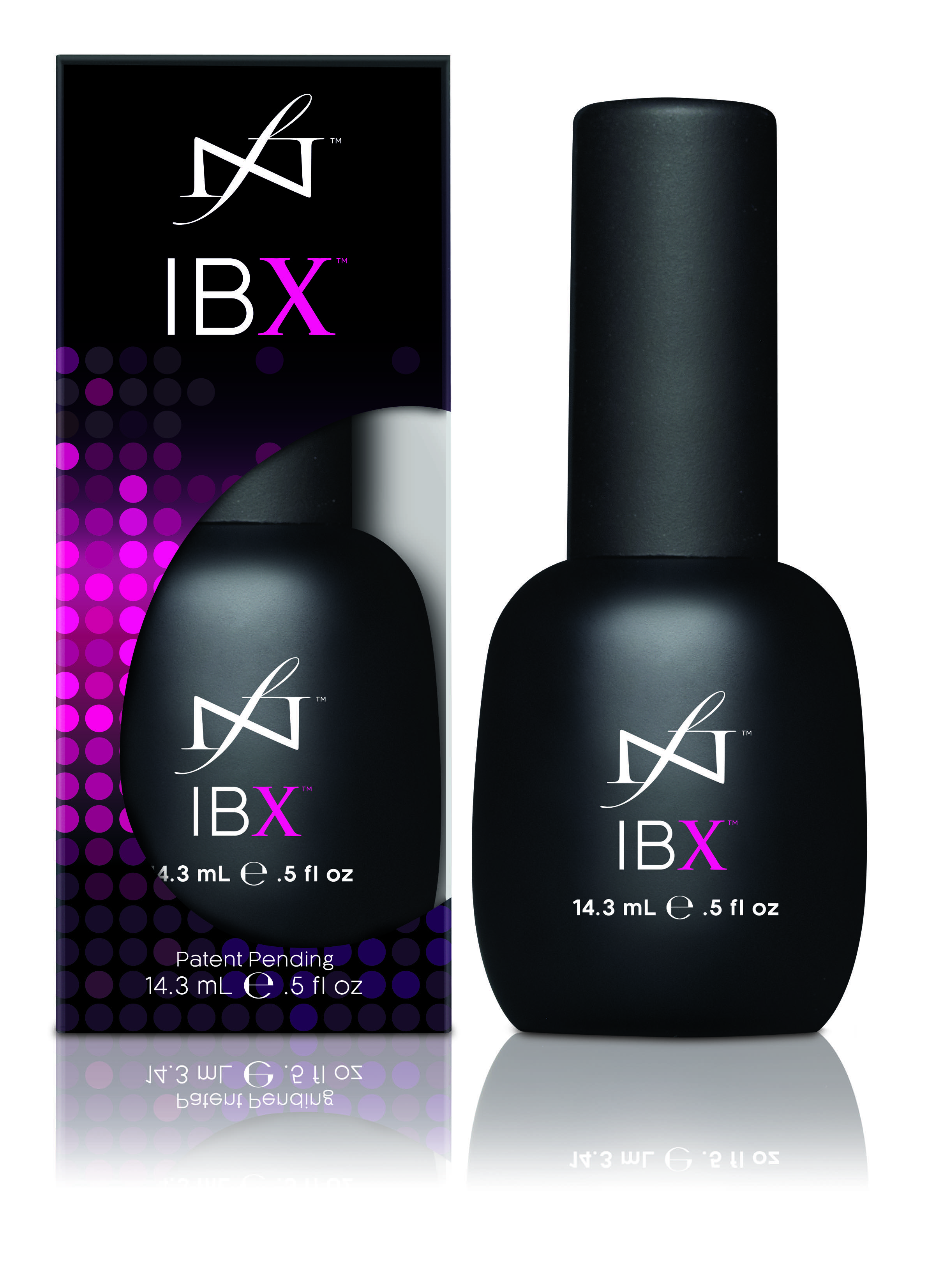

Pictured: Left – Famous Nails IBX. Call Louella Belle for more information on 0844 800 9396. Right – Orly Nailtrition. Call Grafton International for more information on 01827 280080.
The problem: dry, dehydrated nails
28% of techs told us they frequently encounter clients suffering from a lack of moisture in the nail plate, which can result in tough, broken nails. “This can be caused by chemical product damage but is very common after a client goes through the menopause,” says Elliott.
She recommends using a product like Nailtiques Formula 3 that contains proteins and conditioners to help increase flexibility, with gelatin and calcium to help resist breakage. Elliott advises thoroughly analysing the nails on each appointment and keeping record of improvements.
Another good option is Jessica’s Rejuvenation Basecoat for dry nails with keratin, soy and wheat protein along with water to help increase moisture levels. Jojoba, aloe vera and vitamin E are also included to help heal and condition the nails. Jessica educator Charlotte Lowe says dehydrated nails can be identified by “vertical lines, a strong drag down the nails, a powdery finish and white spots”. She adds, “These spots are often associated with calcium deficiency but in 90% of cases it is due to dehydrated nails.”
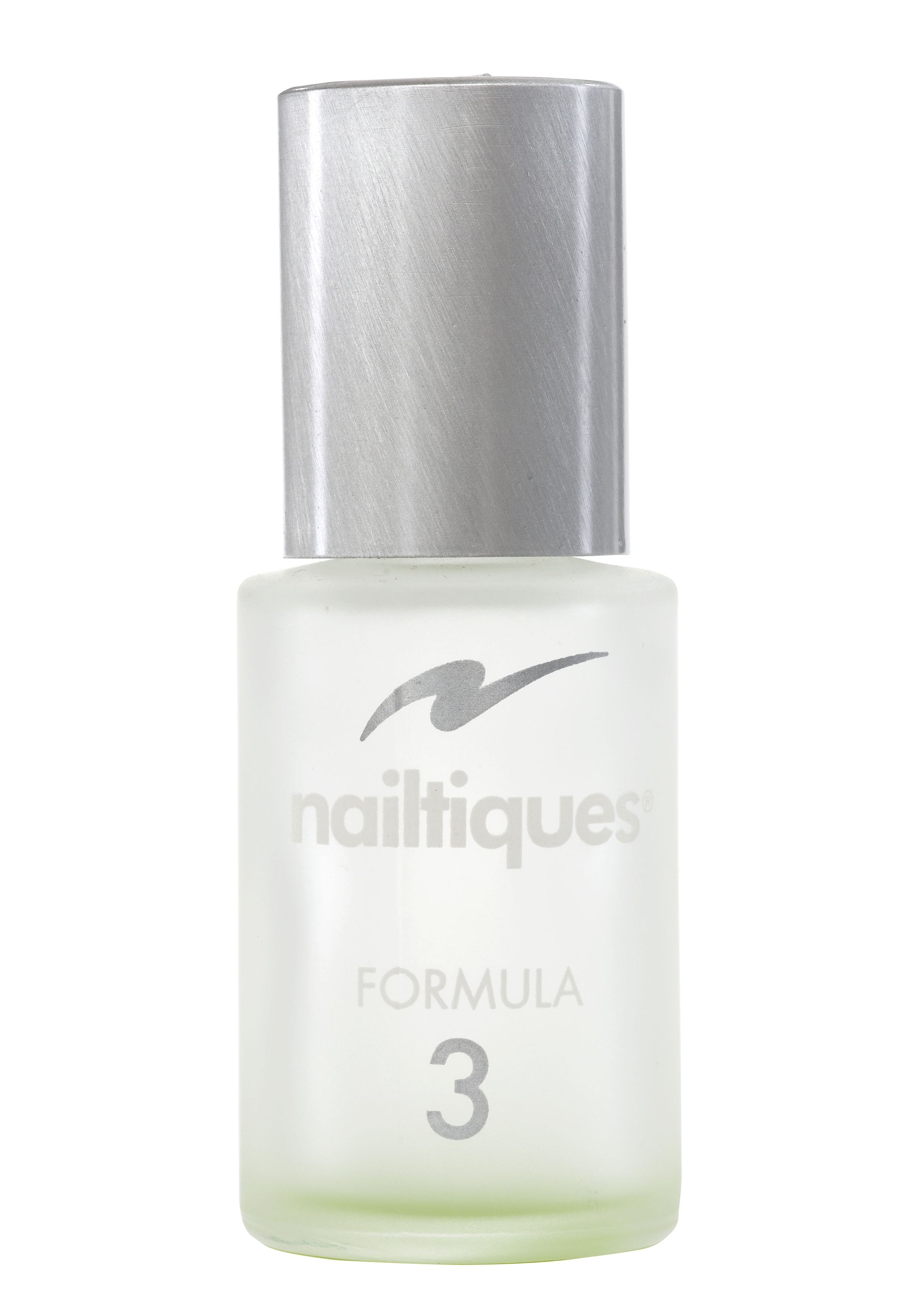
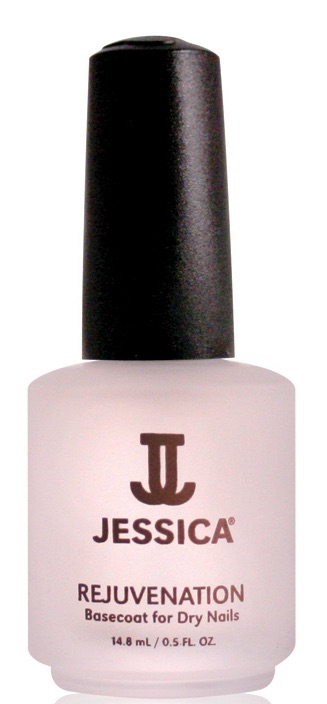
Pictured: Left – Nailtiques Formula 3. Call Grafton International for more information on 01827 280080. Right – Jessica Rejuvenation. Call Gerrard International for more information on 0845 217 1360.
The problem: brittle nails
If a client’s nails are especially thickened, curved and have a brittle texture, it could be an effect of medication, hormones or illness. Deep, abnormal ridges could also be present. “These are all signs that the health and strength of the nail may be compromised,” says Alison Dalton, director of Pareto Cosmetics, which distributes Swiss nail care brand Mavex.
Splitting is also common in brittle nails and can be painful for the client if a tear exposes skin under the nail. Ingredients such as AHAs and BHAs can help by encouraging regeneration in the nail plate, normalising nail thickness and smoothing ridges over time. These can be found in Mavex Micoxan Regenerating Cream, which also contains hydrating urea. The product should be massaged over the nail surface and into cuticles, and clients can expect to see a change after the first application, says Dalton.
Just because a client is battling brittle nails, that’s not to say they should abstain from using polish. A product like Faby’s Refix can be used as a base coat under coloured lacquer to provide a protective layer while working on the problem at hand. It works by “building cross-link bonds among protein molecules, making layers more compact and resistant,” says Palms Extra tech Abigail James. For best results it should be used for three to four weeks.
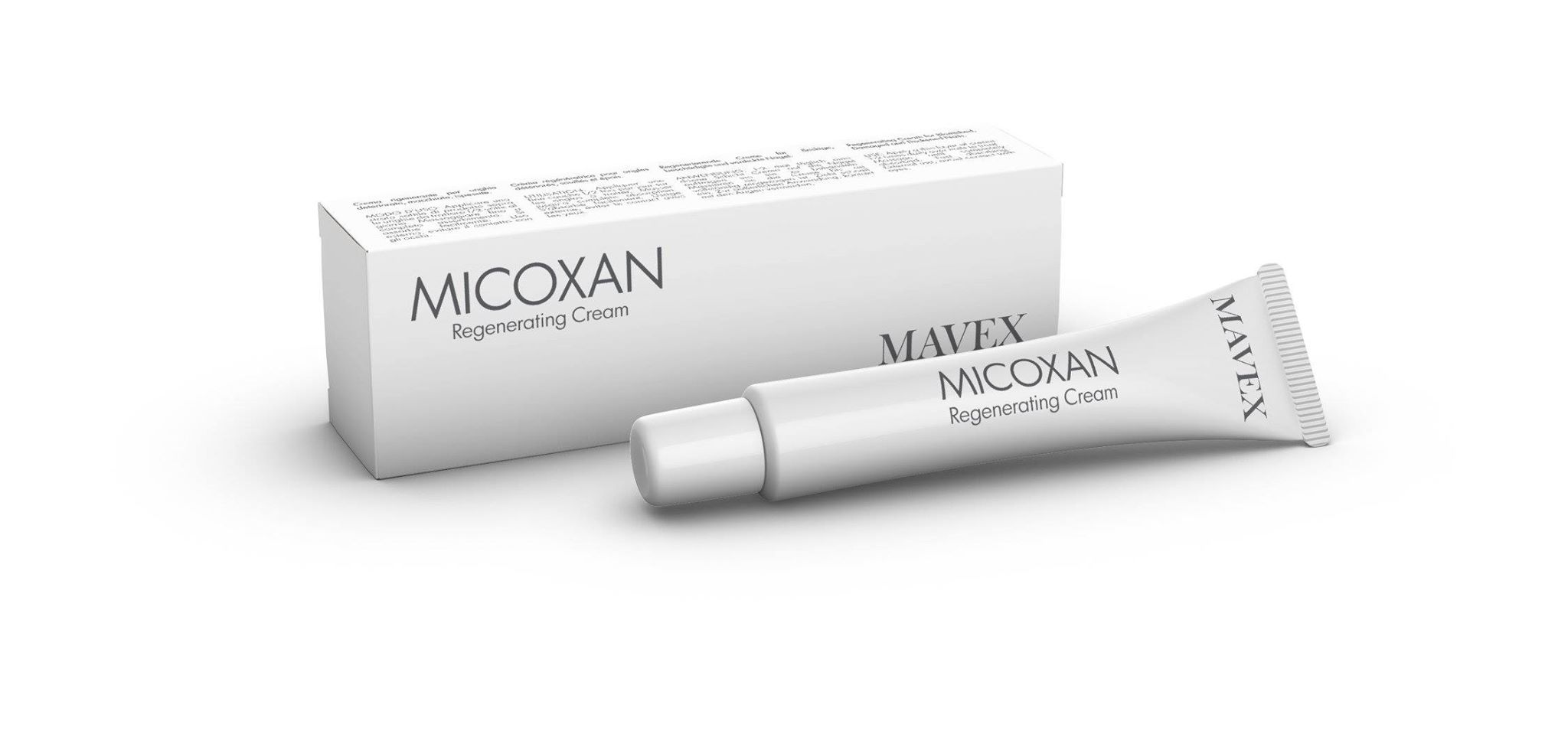
Pictured: Mavex Micoxan Regenerating Cream. Call Pareto Cosmetics for more information on 07854 237903.
The problem: weak nails
It can be hard to know how to handle weak or routinely damaged nails. First, advise new clients presenting with these problems to stop seeing any nail tech who could be aggravating the damage. “Nails are rarely damaged by product – people damage nails,” says Jan Soar, head of education for Nail Harmony UK, adding, “Aggressive prep by the tech can cause issues so care should always be taken.” She advises avoiding pure acetone removers and instead opting for those containing conditioning agents to protect as much of the integrity of the nail plate as possible. She also suggests communicating the importance of aftercare so clients don’t damage their own nails. For example, “If the client picks their gel polish off they can cause damage to the nail surface. Aftercare should be emphasised as well as the importance of professional removal,” she says.
Very weak, damaged nails could show red bruising and white lines, marks left after improper product removal where some of the nail plate has also peeled away. A course of treatments with a product such as Gelish Vitagel, which is enriched with vitamins A, E and B5, can help get nails back on track by strengthening the structure.
Weak nails will benefit from ingredients that support healing, such as the calcium and sea minerals in OPI’s Nail Envy – Soft & Thin. Formulated to help boost damaged nails lacking strength, the product can be used as a base and top coat in manicure services to allow clients to continue using lacquer. Damaged nails are unlikely to have a healthy growth cycle, so OPI educator and A Team member Bryony McMillan says, “A way to increase the growth is to use a cuticle oil at least three times a day to help feed and nourish the root of the nail.”

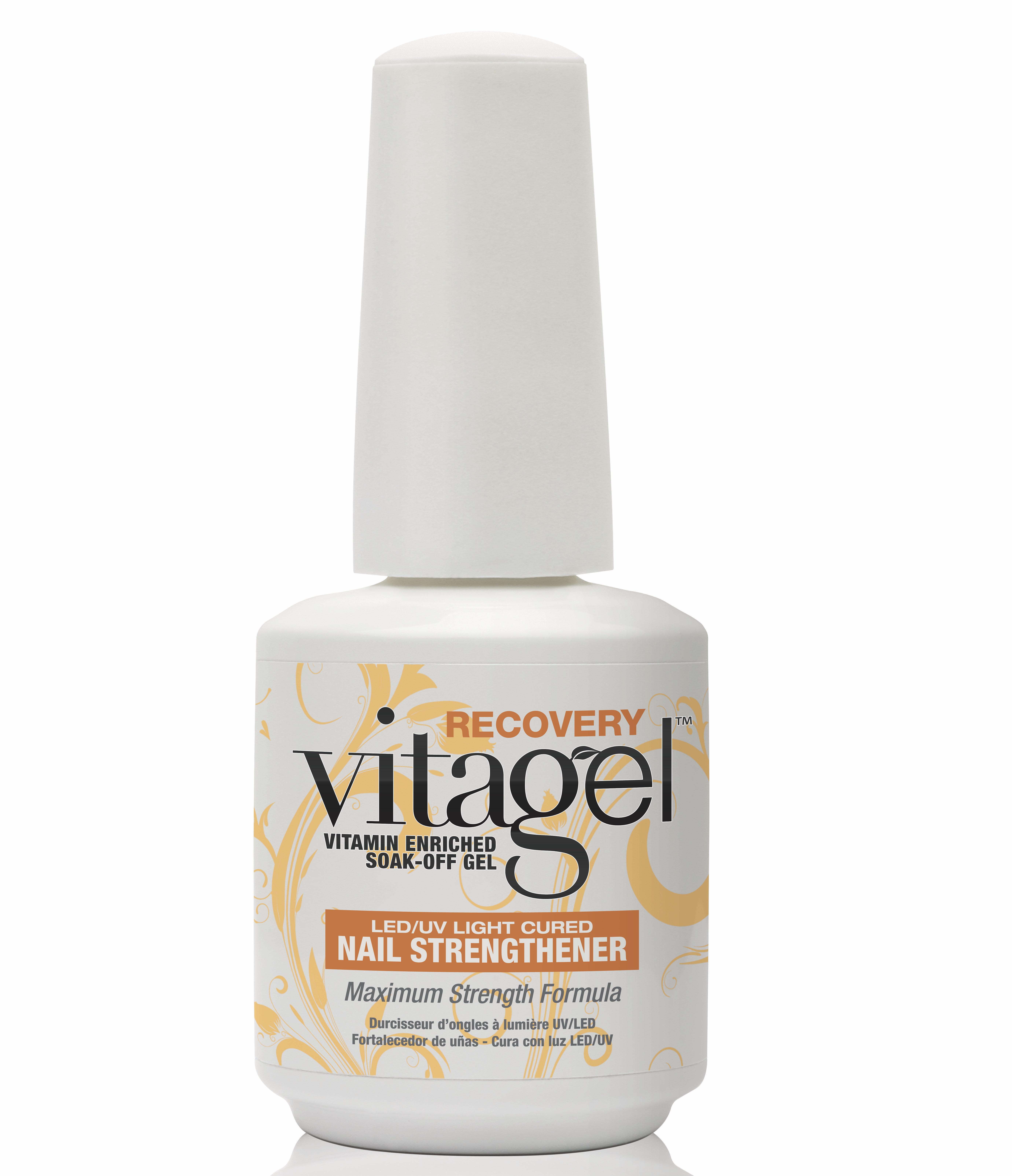
Pictured: Left – OPI Nail Envy – Soft & Thin. Call OPI UK for more information on 01923 240010. Right – Gelish Vitagel. Call Nail Harmony UK for more information on 01708 465 900.
The problem: gel polish damage
With so many clients now having regular gel polish applications it’s crucial to keep an eye on the health of the natural nail and to spot when clients need a break. While improper gel-polish removal can cause any of the above problems, the key to identifying the cause is to look out for “white spots, flaking and small breaks by the stress area of the free edge”, advises Bio Sculpture Gel technician Carly Gilbert.
She recommends giving nails the best possible chance by applying a nourishing product like Bio Sculpture Vitamin Dose before enhancements. The formula, which contains vitamins B1, B2, B12, C and white tea extract – all crucial to the keratin structure of the nail – is absorbed into the nail plate to encourage a strong but flexible foundation to sit under gel polish. Damage after gel can actually be caused by a lack of care before application of product. It is important to nourish the natural nail before an enhancement is applied. “Some of us are born with weak, soft or thin nails naturally, but for the majority of people, these problems are a result of damage or injury,” agrees Fee Wallace, Sweet Squared lead educator and CND team international education ambassador. “It is the nail professional’s responsibility to make the client understand when professional removal is required and what the consequences of home removal are likely to be.”
Wallace suggests starting such clients on a four-week programme using a product like CND RescueRxx, containing solubilised keratin proteins to strengthen the natural plate. “I would take progress photographs at each appointment and at the end of the period reassess the client’s nail condition,” she says. At this point you can discuss whether they are ready to go back to gel polish and if any special precautions need to be taken to ensure the nails stay healthy.
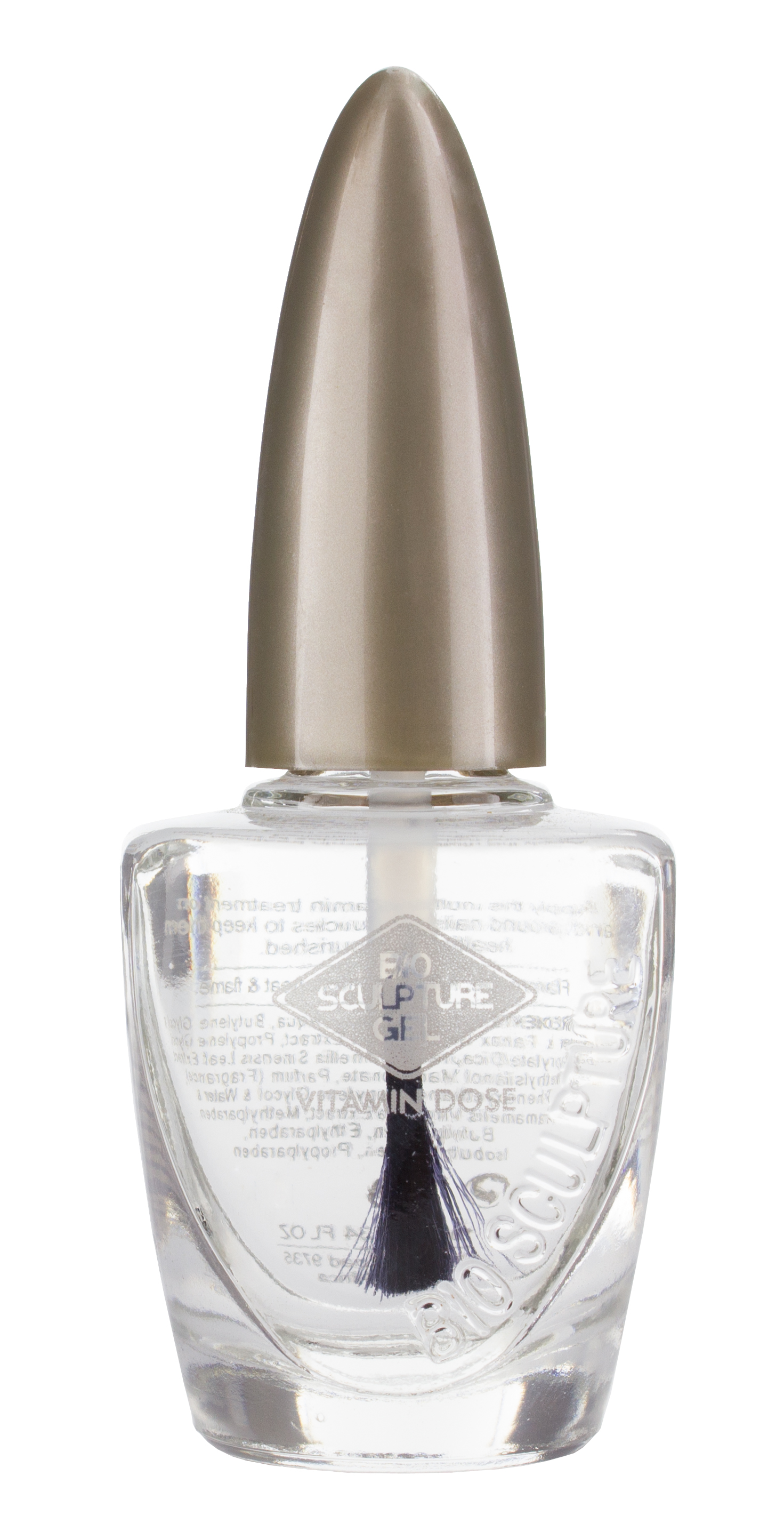

Pictured: Left – Bio Sculpture Vitamin Dose. Call Bio Sculpture for more information on 0844 4144320. Right – CND RescueRxx. Call Sweet Squared for more information on 0333 000 7000.

